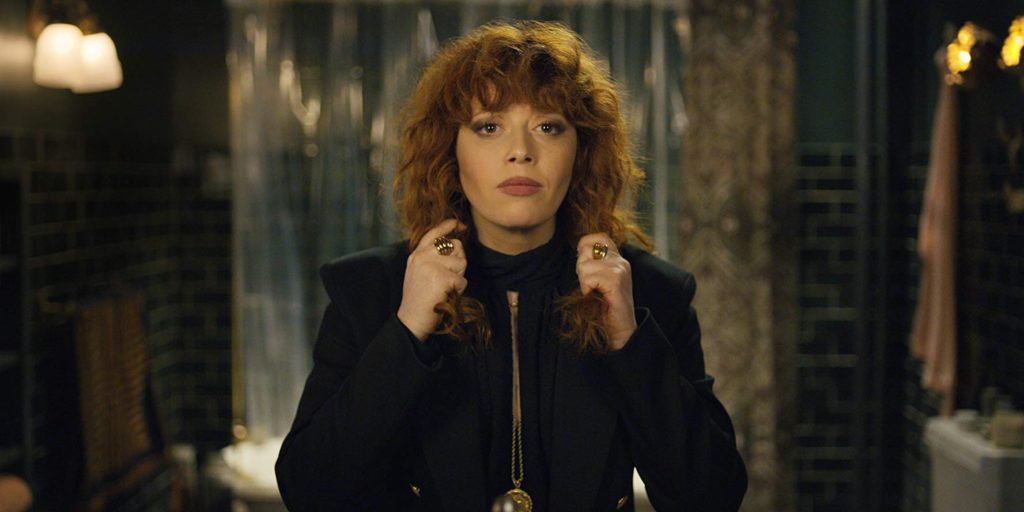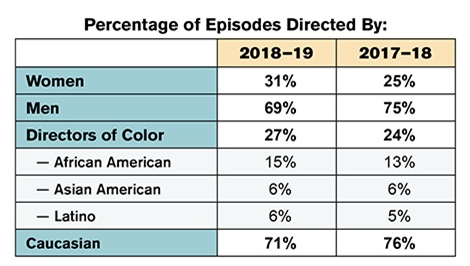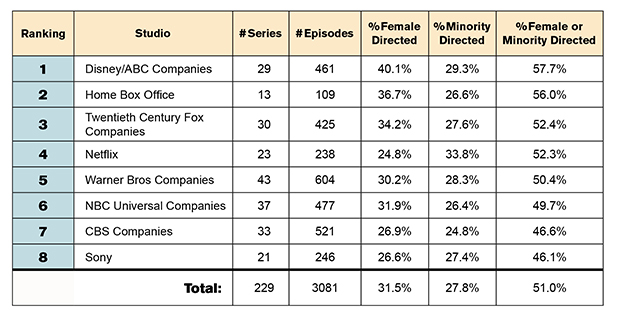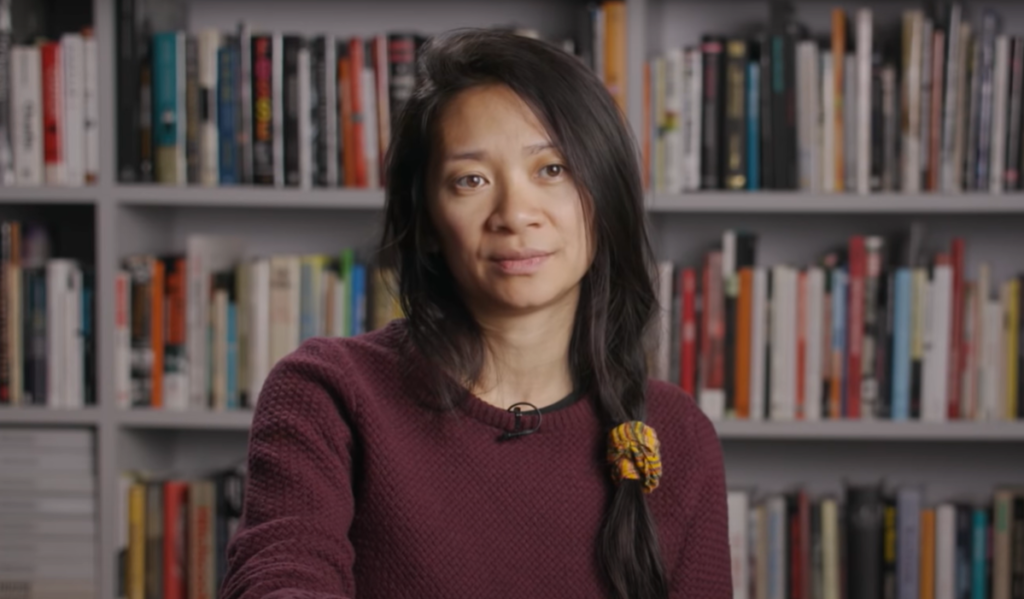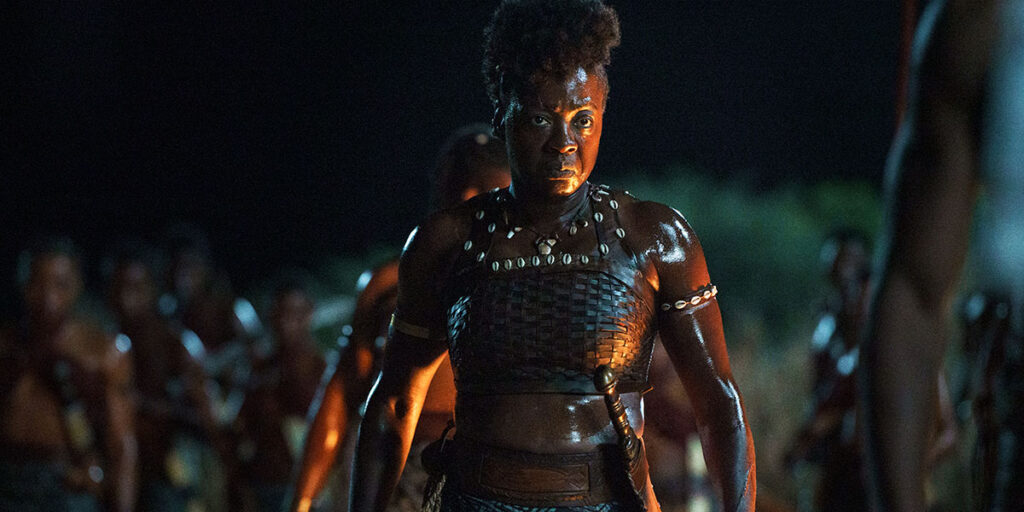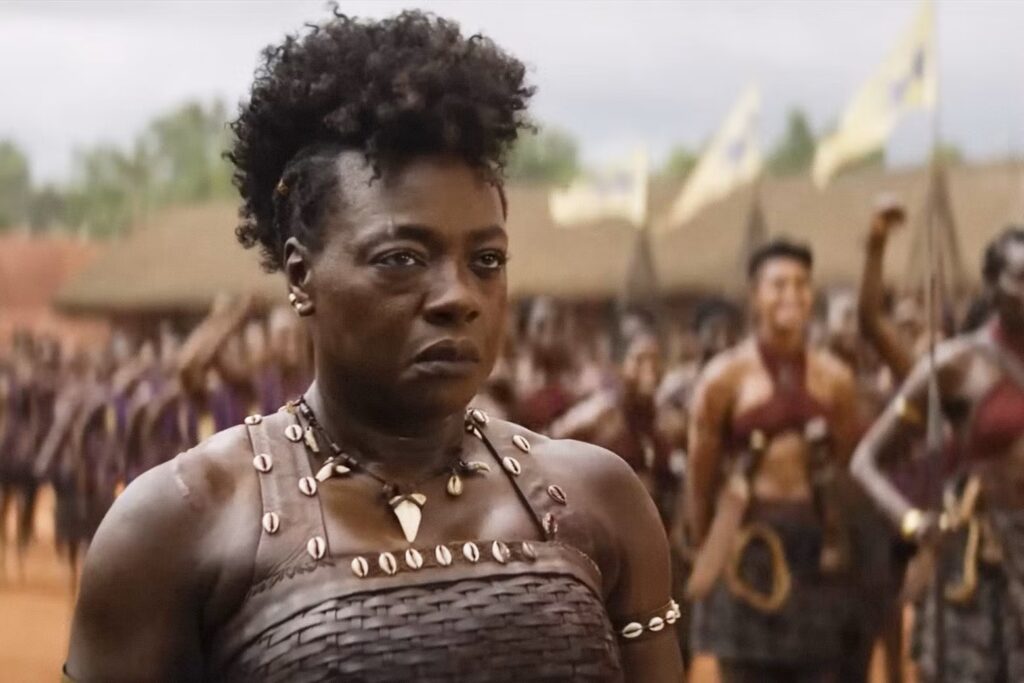If you’re looking for some positive current events to discuss at Thanksgiving dinner next week, the Directors Guild of America (DGA) has got you covered. According to the guild’s new inclusion report, women and people of color directed half of all television episodes during the 2018-2019 season. This is the first time that milestone has been achieved, and marks a significant increase from last year’s 42.5 percent, then a record high. Five years ago, the figure was just 21 percent.
The report analyzed the 4,300-plus episodes produced throughout the 2018-2019 TV season.
Overall, women directed 31 percent of episodes in 2018-2019, as compared to 2017-2018’s 25 percent. People of color helmed 27 percent of episodes, a new high, up from last year’s 24 percent and an increase of “more than 40% in the past five years.”
Breaking the stats down further, eight percent of episodes were directed by women of color, a slight increase from 2017-2018’s six percent. White women helmed 22 percent of episodes, up from the previous season’s 19 percent. Men of color directed 19 percent of all episodes, as compared to 2017-2018’s 17 percent.
“Inclusion has been a priority of our Guild for a very long time as we’ve pushed the studios, networks, and producers to do better in their hiring,” stated DGA president Thomas Schlamme. “While change had been glacial in past years, we’re pleased and incredibly encouraged to see the recent commitment undertaken by the industry.”
In terms of 2018-2019’s first-time TV helmers, women represented 49 percent, up from the previous season’s 41 percent and 2016-2017’s 33 percent. Twenty-nine percent of first-time directors were people of color, a slight dip from last year’s high of 31 percent.
While the stats of first-time helmers are solid, the report notes that these numbers don’t necessarily translate to sustained, long-term TV directing careers. In fact, most of the time, debut helmers don’t continue to direct television. “The key driver behind that drop-off,” the DGA found, “is the widespread and growing practice of employers giving ‘perk’ directing assignments to series insiders – i.e. those employed on a series in another capacity – who are far less diverse as a group than non-affiliated directors, and who have infrequently gone on to have a career in directing.” Less than 25 percent of series insider hires established directing careers, versus the almost 75 percent of non-affiliated hires. “In spite of those findings, employers still hired insiders for 55% of the first-time TV directing jobs last season.”
“Producers hold in their hands the power to grant an opportunity that can set up an aspiring TV director for a lifelong career doing what they dreamed of,” Schlamme said. “And while we’re encouraged to see nearly half of first jobs went to women last year, and nearly a third went to directors of color – we still have a lot of concern over the underlying hiring practices that reduce the number of jobs available to budding and experienced directors alike. The heart of the issue is that producers aren’t factoring in that every job given to someone who does not pursue a directing career equals an opportunity withheld,” he stressed.
Unfortunately, the DGA did not examine the age of the directors — first-timers or otherwise — in the study. Age is another important aspect of inclusion that should be highlighted. In film, for example, the average age of directors is about the same (46.5 for males, 46 for females), but the career span features a wide gender gap. Male film directors tend to work from their 20s to their 80s, while women direct from their 30s to their 60s. To truly determine how inclusive the profession of TV directing is, age needs to be analyzed.
The report also considered the hiring practices of the eight largest television employers. (Studios that produced less than 100 episodes in 2018-2019 were not included.) Disney/ABC had the highest ratio of women-directed episodes (40.1 percent), while Netflix featured the best ratio of eps helmed by people of color (33.8 percent). Disney/ABC had the highest percentage of episodes directed by women and/or people of color (57.7 percent), while Sony’s was the lowest (46.1 percent). The lowest ratio of women-directed episodes went to Netflix (24.8 percent), and the lowest percentage of episodes from people of color was at CBS (24.8 percent).
You can read the DGA’s full report here.
